Composting is an integral part of our society’s movement toward a more sustainable existence. When done properly, composting can significantly cut food waste in landfills, leading to a decline in the production of greenhouse gasses and emissions it would otherwise take to break down those foods. Landfill food waste also locks away nutrients that could be used in creating healthy organic soil. Every year, U.S. landfills receive over 167 million tons of garbage. On average, over 50% of that is waste that could have been composted. Composting, although it requires money and effort, is something that everyone could do with proven positive environmental impacts.
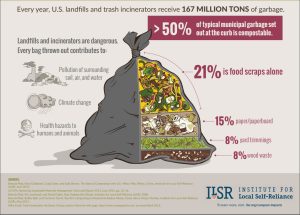
At Albuquerque Academy, we are lucky to have access to commercial composting services. Little Green Bucket, a local company that collects compost from both commercial and residential areas, picks up the food waste from our dining halls and takes it to another local company, called Soilutions, where the food waste is broken down into compost. This system minimizes the effort of composting on our end, while still leading to maximum beneficial results.
As part of a school of well over 1,000 students and faculty, we are bound to create waste. Hundreds of pounds of food are prepared every week by Sage Dining. Out of that prepared food, a significant percentage is thrown out by students. Although some of this waste is unavoidable, like rinds and bones, most of it can be greatly minimized.
It’s not an easy task to serve yourself the exact amount of food you need. There is often an “everyone for themselves” attitude in the lunch lines of our cafeteria, and people will get as much food as they can because they worry there will be none left later. However, this often leads to food waste, because people have more on their plates than they could ever eat. It’s important to remember that you can go back for seconds and even thirds. It’s always better to get a small amount of food first and then go back for more, rather than getting way too much the first time through.
Things go wrong when people take more than they can eat, and larger amounts of food end up in the trash. Erin Lesperance, Food Service Director, has witnessed this problem firsthand and provides insight into what Sage Dining is doing for more sustainable feeding practices, as well as some of the problems our school faces concerning food consumption. She recalled one lunch where she counted over 200 untouched chicken patties thrown away by the 8/9 division. She said, “I didn’t have enough food to serve to my upperclassmen. We had to scramble back here to get something out to them. I went to the garbages, and I stopped counting at 200. I found 200 chicken patties that were just wasted because kids are just not being responsible.”
This careless use of resources had repercussions for Sage Dining, as there was not enough food to feed the 10/12 division, and all the blame fell on the dining hall staff. After Ms. Costa spoke to the 8/9 students about this, the next time chicken was served there was much less waste and enough food for everyone. This proves that the success of minimizing food waste is in the hands of students, and that they are perfectly capable of handling that. Although student composting is starting in the 10/12 division, there are already plans for it to spread to 8/9 and the rest of the school.
Although composting food waste is a more environmentally positive substitute for throwing it away, it is still important to minimize our food waste as much as possible. In an ideal world, there should be almost no food waste in the first place, even if it gets composted.
For the past few years, Sage Dining, with support from Environmental Club, has been doing its part by composting in the kitchens of both the East and West Campus Dining Halls, so any waste from cooking or leftover food gets composted. This is exciting because the bulk of the food waste produced in our lunches is already taken care of. However, this is not enough. Huge amounts of food are still being unnecessarily thrown out by students in the dining hall.
The dining hall staff also takes very close notes on how much food is being eaten and what people like so they can order the optimal amount of food needed, with almost no waste. They are thoughtful about stretching out their ingredients, using leftover ingredients in other meals which makes food last longer and saves both resources and money. Hundreds of dollars are lost with even a few pounds of food sent to the landfill due to production costs. Eventually, if composting goes well and students minimize excess food waste, there will be more money in the Sage Dining budget to expand our menu, source more sustainably-grown food, and provide compostable dishware.
Sage Dining deserves special appreciation as they are doing a great job of not only providing us with good food but, are also being conscious of the waste they produce and how they deal with that waste. Our school and community should be excited for the positive impacts composting will bring, and hopefully, we will soon see composting implemented in both the 6/7 and 8/9 divisions.


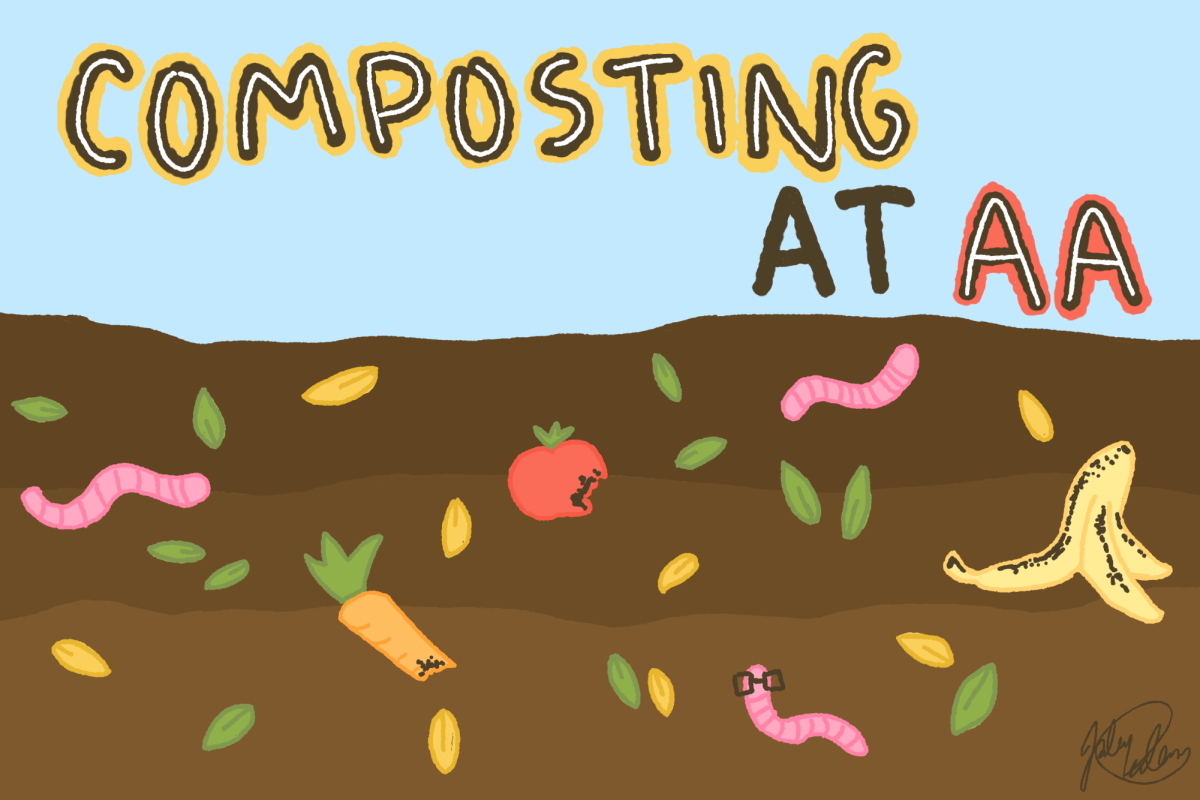
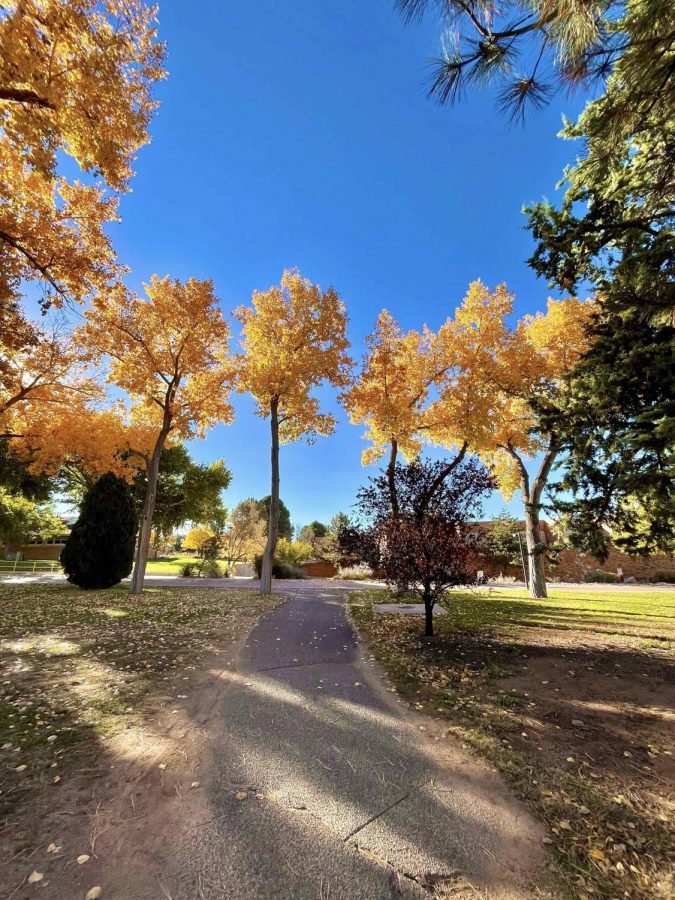
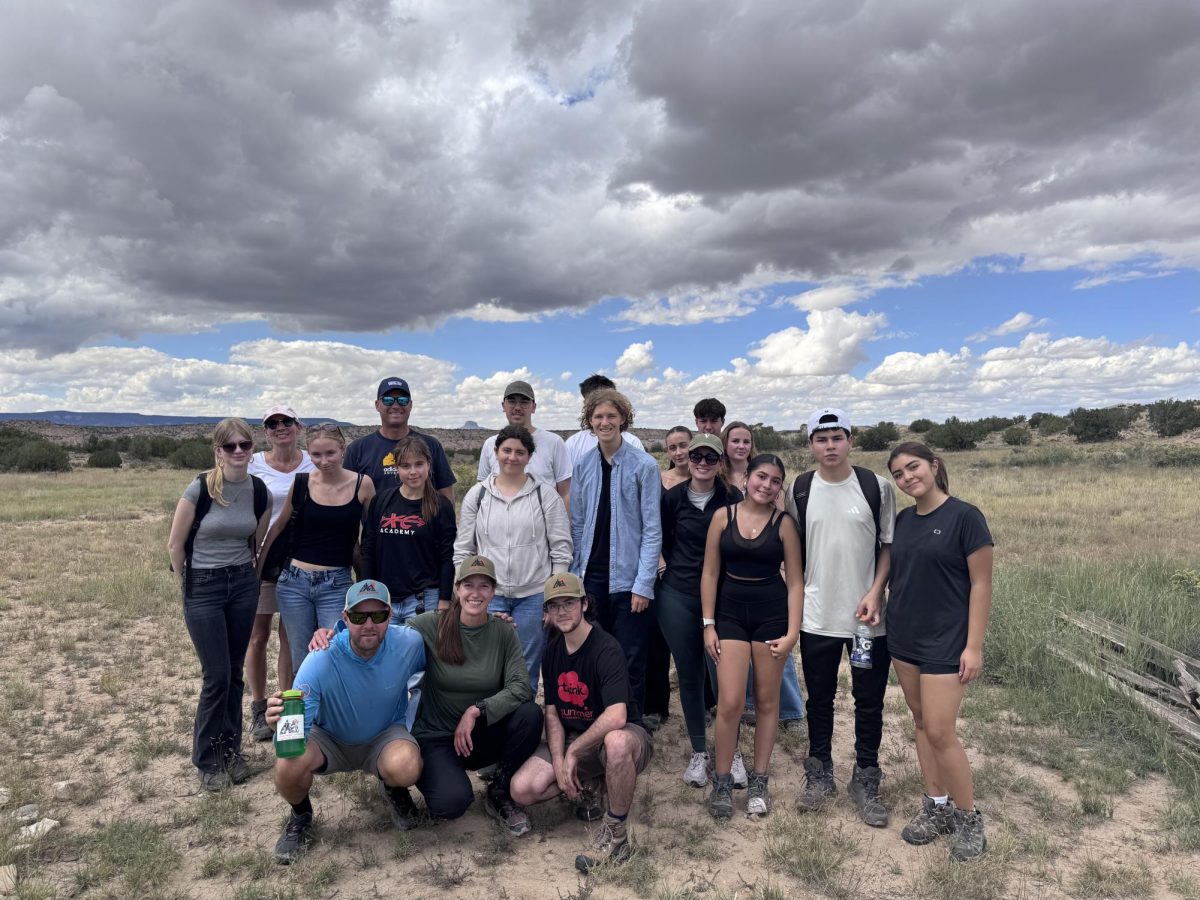

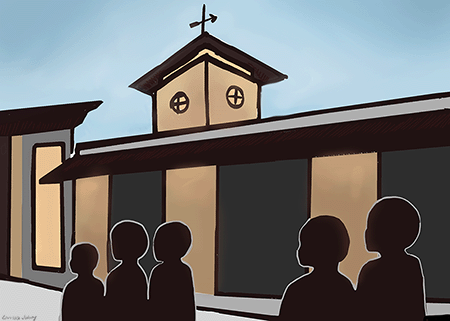



Tomas Atencio-Pacheco • Dec 12, 2023 at 8:16 am
Brighton, great article. I’ll make sure to have my students read it. People need to remember that their choices matter!